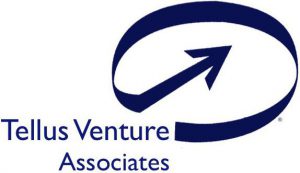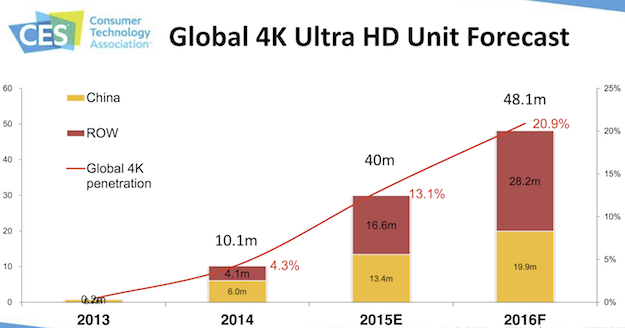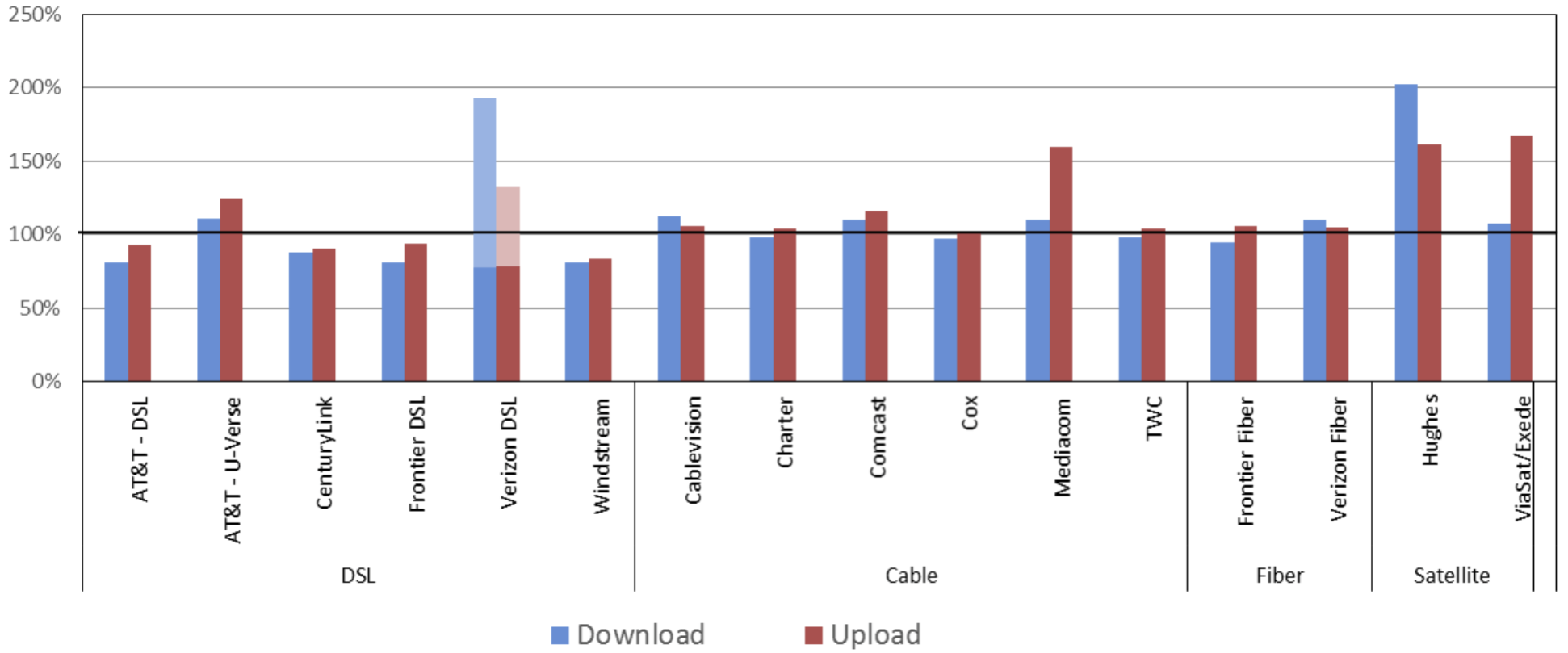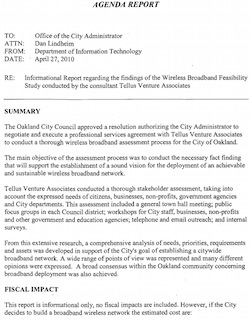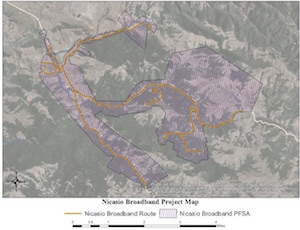CPUC approves first subsidy for Internet via TV white space

White space below the tree line.
Besides allowing a wireless claim jumper to ace two towns out of fiber to the home service last Thursday, the California Public Utilities Commission approved a $1.1 million grant from the California Advanced Services Fund (CASF) for wireless Internet service in northern Eldorado County. Cal.net’s deployment is the first CASF project to lean heavily on newly available television white space spectrum.
The plan is to use a combination of three bands: unlicensed 5 GHz, LTE in semi-licensed 3.65 GHz spectrum and coordinated TV white space, with three usage cases, i.e.… More
